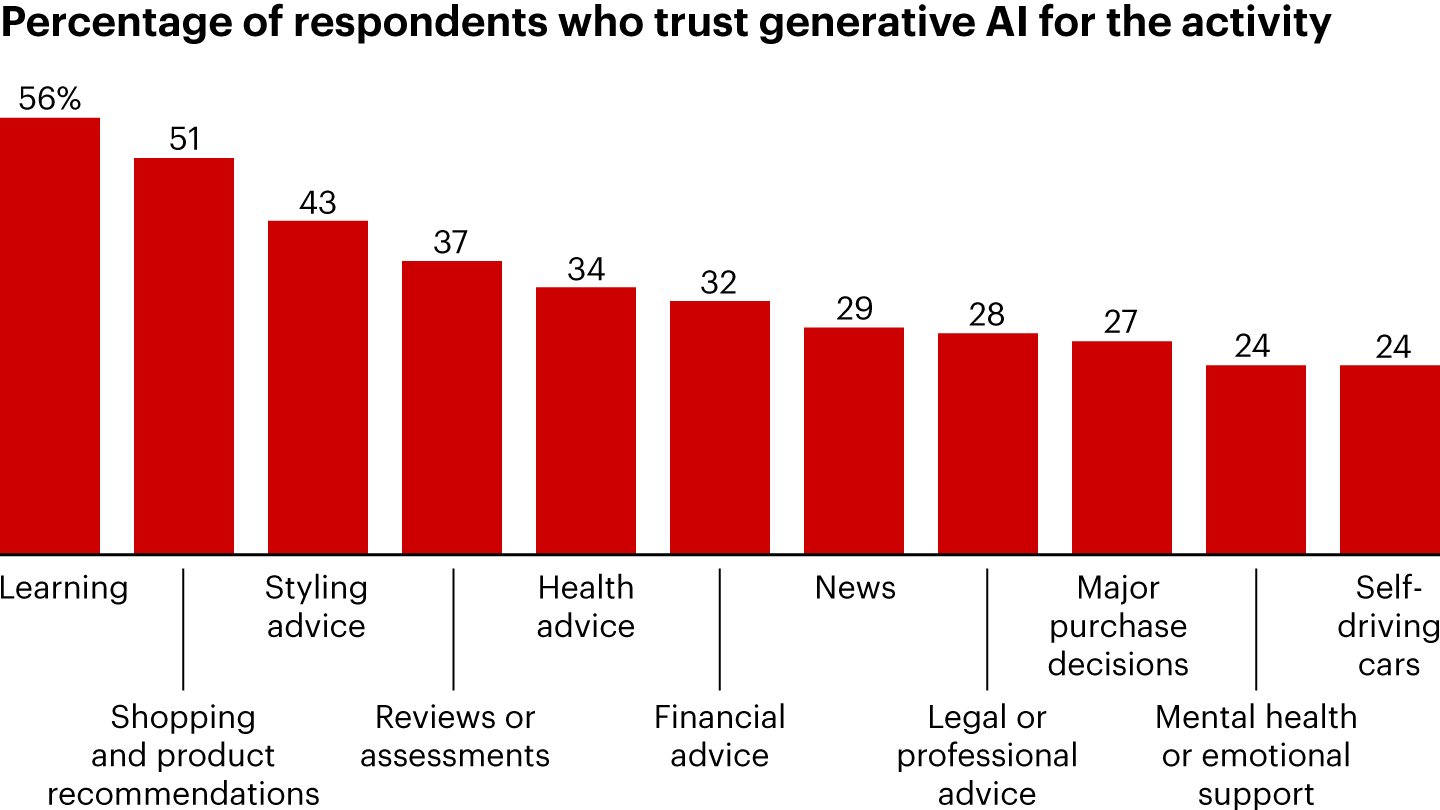The marketing landscape is undergoing a significant transformation as buyers increasingly turn to AI-powered tools for product recommendations, comparisons, and research. This shift is upending the traditional marketing funnel, compressing the discovery-to-decision process, and reducing opportunities for brands to influence consumers or differentiate themselves.
The Rise of ‘Zero-Click’ Journeys
Recent data highlights the magnitude of this change. A survey of over 1,100 US consumers by Bain & Company found that 80% rely on ‘zero-click’ results for at least 40% of their searches. This trend is supported by findings from HubSpot, which reported that traffic to many company sites has decreased by up to 30%. Meanwhile, Scrunch AI’s audit of anonymized search journeys found that AI referral traffic is growing by about 40% monthly.


The traditional digital buying journey is linear and labor-intensive, requiring customers to actively search, compare options, and read reviews. AI-powered search allows buyers to outsource many of these middle steps, improving answer quality over time as the AI agent learns individual preferences.
Implications for Marketers
The rise of AI referral has major implications for marketing and sales teams. Companies that don’t optimize their approach for AI agents risk losing potential customers without even being aware of the loss. The AI-powered funnel shuts out sellers well before the journey reaches them, with discovery, evaluation, and short-listing all happening inside the AI tool.
To succeed in this new era, marketers must adapt by optimizing content for large language models (LLMs), investing in new performance metrics, and rethinking their digital strategy. Within LLMs, characteristics such as conversational language, agent-friendly structure, and clean, scrapable sites are valued. Expert opinions, earned media, and customer commentary also carry greater weight in search results.
Adapting to the New Funnel
Companies can improve performance through a three-step approach:
- Identify new metrics that matter, understanding both value at stake and how traffic is changing.
- Build intelligence to identify potential levers of improvement, using tools that provide a clear view of the customer buying journey and AI-powered funnel.
- Devise testable hypotheses and experiment quickly, developing new capabilities and agile processes to run ‘influence experiments’ and allocate marketing resources based on test results.
By optimizing for AI agents—not just humans—marketers can create a reinforcement cycle: Strong internal, earned, and social content leads to more AI references, greater trust and engagement, and further prioritization in LLM outputs.

